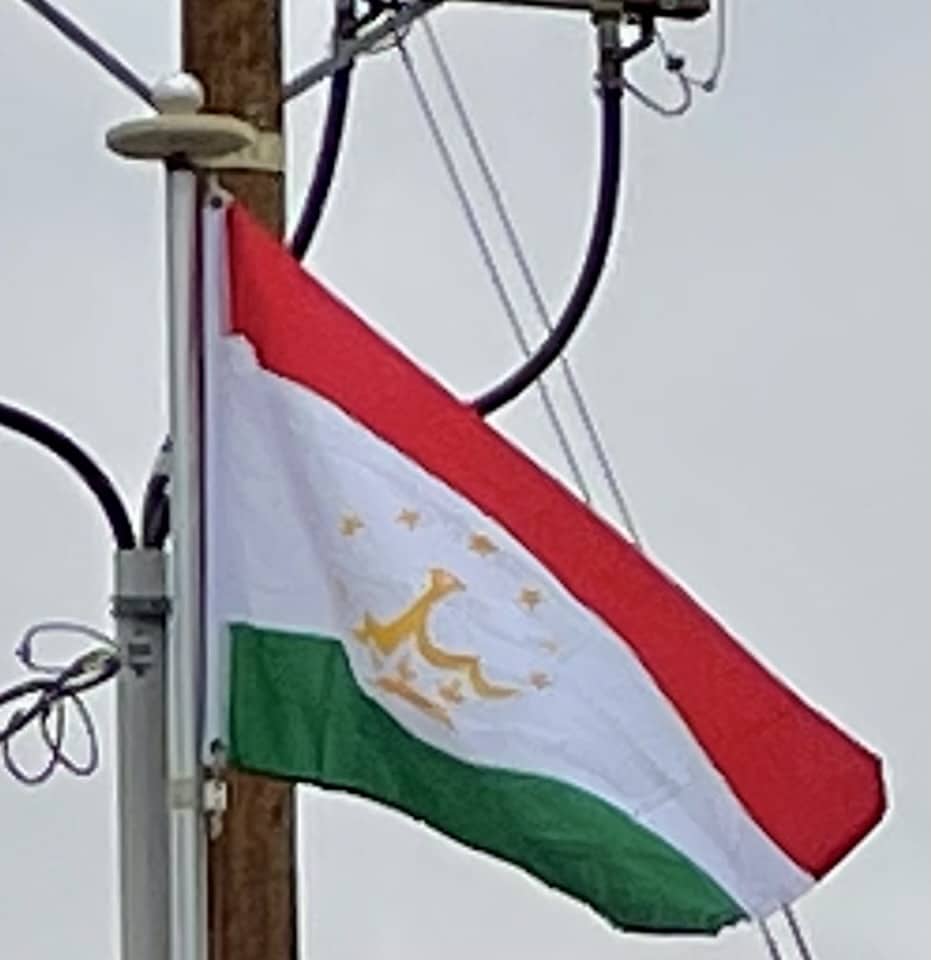

Tajikistan
Since February 1990, there have been riots and strikes in Dushanbe (1990 Dushanbe riots) and other cities of Tajikistan due to the difficult socio-economic situation, lack of housing, and youth unemployment. The nationalist and democratic opposition and supporters of independence joined the strikes and began to demand the independence of the republic and democratic reforms. Islamists also began to hold strikes and demand respect for their rights and independence of the republic. The Soviet leadership introduced Internal Troops in Dushanbe to eliminate the unrest.
Independence:
The nation almost immediately fell into civil war that involved various factions fighting one another; these factions were often distinguished by clan loyalties. More than 500,000 residents fled during this time because of persecution, increased poverty and better economic opportunities in the West or in other former Soviet republics. Emomali Rahmon came to power in 1992, defeating former prime minister Abdumalik Abdullajanov in a November presidential election with 58% of the vote. The elections took place shortly after the end of the war, and Tajikistan was in a state of complete devastation. The estimated dead numbered over 100,000. Around 1.2 million people were refugees inside and outside of the country. In 1997, a ceasefire was reached between Rahmon and opposition parties under the guidance of Gerd D. Merrem, Special Representative to the Secretary General, a result widely praised as a successful United Nations peacekeeping initiative. The ceasefire guaranteed 30% of ministerial positions would go to the opposition. Elections were held in 1999, though they were criticized by opposition parties and foreign observers as unfair and Rahmon was re-elected with 98% of the vote. Elections in 2006 were again won by Rahmon (with 79% of the vote) and he began his third term in office. Several opposition parties boycotted the 2006 election and the Organization for Security and Cooperation in Europe (OSCE) criticised it, although observers from the Commonwealth of Independent States claimed the elections were legal and transparent. Rahmon’s administration came under further criticism from the OSCE in October 2010 for its censorship and repression of the media. The OSCE claimed that the Tajik Government censored Tajik and foreign websites and instituted tax inspections on independent printing houses that led to the cessation of printing activities for a number of independent newspapers.
Russian border troops were stationed along the Tajik–Afghan border until summer 2005. Since the September 11, 2001 attacks, French troops have been stationed at the Dushanbe Airport in support of air operations of NATO‘s International Security Assistance Force in Afghanistan. United States Army and Marine Corps personnel periodically visit Tajikistan to conduct joint training missions of up to several weeks duration. The Government of India rebuilt the Ayni Air Base, a military airport located 15 km southwest of Dushanbe, at a cost of $70 million, completing the repairs in September 2010. It is now the main base of the Tajikistan air force. There have been talks with Russia concerning use of the Ayni facility, and Russia continues to maintain a large base on the outskirts of Dushanbe.

